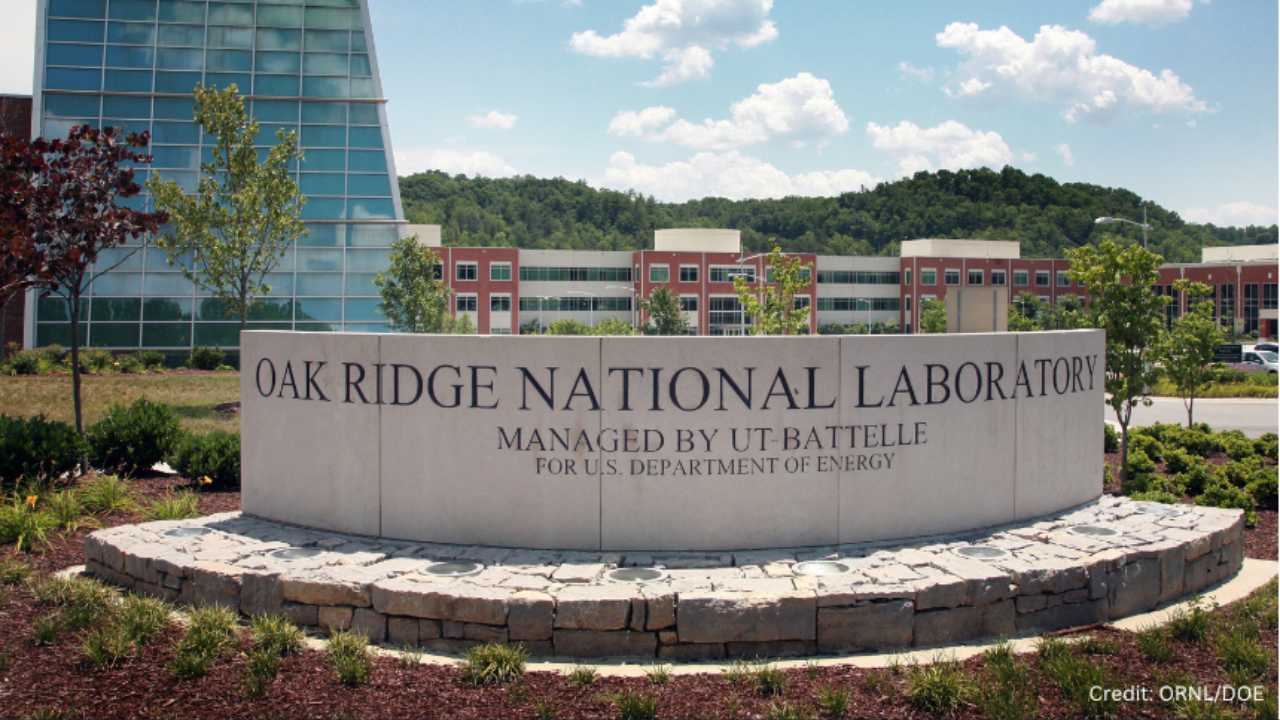
ORNL, EPB collaborate on drone usage to check power lines
The new inspection system that can respond rapidly to unusual electric grid behavior, especially in remote areas that are tough for a worker to reach.
Researchers at Oak Ridge National Laboratory (ORNL) have demonstrated the use of drones equipped with cameras and other sensors to check power lines at an EPB training center for electrical line workers in Chattanooga.
As noted in this news release from ORNL, when a sensor on the electric grid picks up a strange blip in current or voltage, it usually means a utility worker must travel in person to check on the matter. Now, there is an alternative. It’s a new automated drone inspection system that can respond rapidly to unusual electric grid behavior, especially in remote areas that are tough for a worker to reach.
As noted in this news release from ORNL, when a sensor on the electric grid picks up a strange blip in current or voltage, it usually means a utility worker must travel in person to check on the matter. Now, there is an alternative. It’s a new automated drone inspection system that can respond rapidly to unusual electric grid behavior, especially in remote areas that are tough for a worker to reach.
Hovering near power lines in the demonstration at EPB’s training center, the drone filmed the equipment with a tiny camera and then called other drones carrying high-resolution acoustic sensors, radio frequency sensors or other specialized equipment. The drones livestreamed their inspection back to the EPB’s command center and ORNL’s linked Grid Operations and Analytics Laboratory in Knoxville. The drone-mounted sensors can collect enough information for the utility to decide whether to dispatch a bucket truck for urgent maintenance to prevent a power outage.
EPB is interested in implementing the approach because accurate, early recognition of electric line malfunctions can prevent outages and save money. “The biggest opportunity is identifying imminent equipment failure,” said Jim Glass, Assistant Vice President of Smart Grid Operations for EPB. “Just as with your health, if you catch problems early, you can correct them with less expense and difficulty. Proactively addressing problems before customers experience outages provides tremendous benefit.”
The demonstration proved that humans don’t have to be directly involved with this level of grid monitoring, said lead researcher Peter Fuhr, who also leads the Grid Sensing and Communications group at ORNL. Drone-based sensors could pinpoint problems faster.
Like what you've read?
Forward to a friend!

